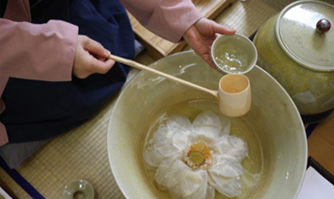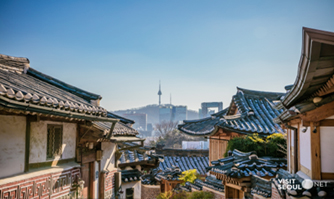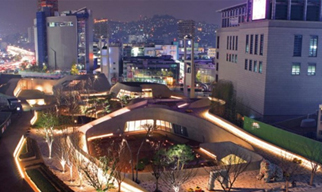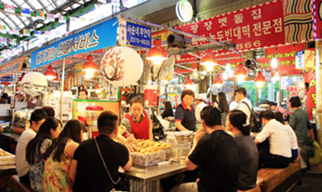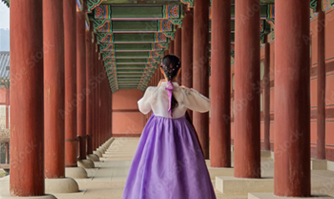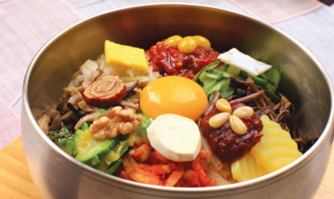Information
About Seoul & Korea
About Seoul
About Korea

-
Seoul, the capital of Korea, serves as the epicenter of Korean culture, education, politics, and economics. This vibrant city boasts numerous historic landmarks and preserves rich traditions. Additionally, its bustling shopping and entertainment districts annually attract a significant influx of tourists. The Han River, meandering through the heart of the city, provides Seoul with a distinctive landscape, offering numerous serene spots for residents to unwind.
General Information
| Population | 9,414,093 (June 2023 Statics) |
|---|---|
| Religion | Christianity, Buddhism and Other |
| Language | Korean (English, Japanese and Chinese available in main tourist areas) |
| Surface Area | 605.24k㎡ |
Useful Websites
Tourist Attractions
Natural Attractions
Historical & Cultural Site
Others

-
Namsan ParkNamsan Park stands as Seoul's most extensive park, housing a diverse array of trees, plants, and wildlife species. Renowned for its enchanting walking paths, this expansive park offers a multitude of attractions, encompassing Baekbeom Square, the Namsan Cable Car, Namsan Seoul Tower, and statues commemorating notable figures from Korean history.Website

-
Yeouido Hangang ParkLocated in Yeouido, the hub of politics, media, and finance, Yeouido Hangang Park is easily accessible by public transportation and offers a wide range of events, including the Cherry Blossom Festival in spring, concerts, and marathons year-round. Visitors can explore well-preserved natural areas like Bamseom Island and Yeouido Saetgang Tributary to discover nature and ecology.Website




